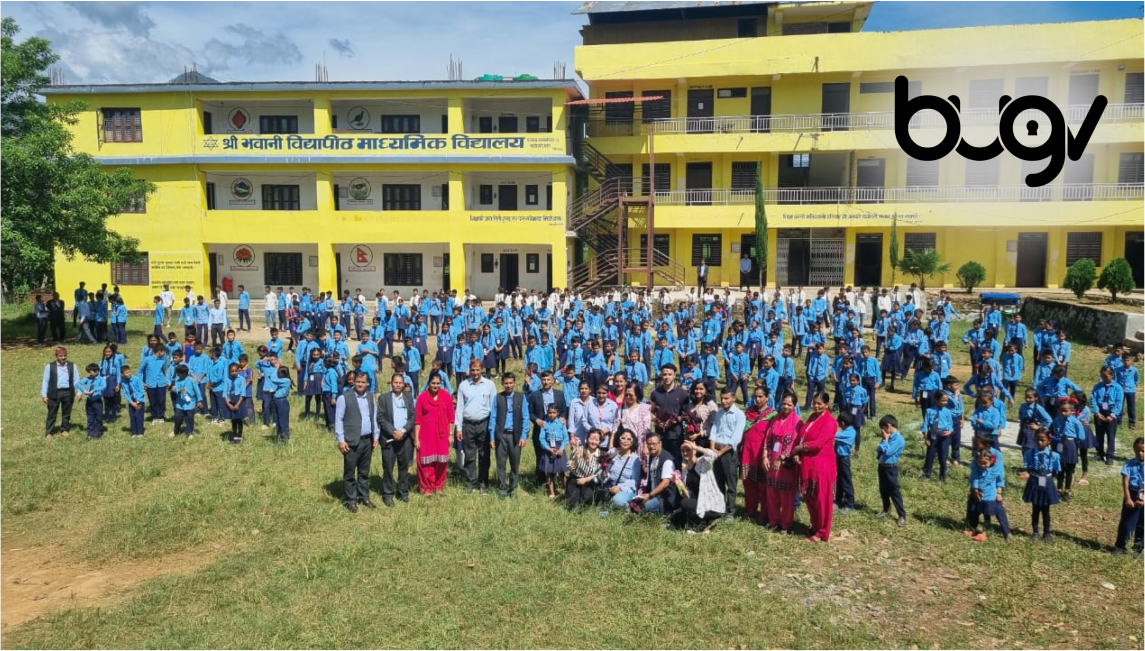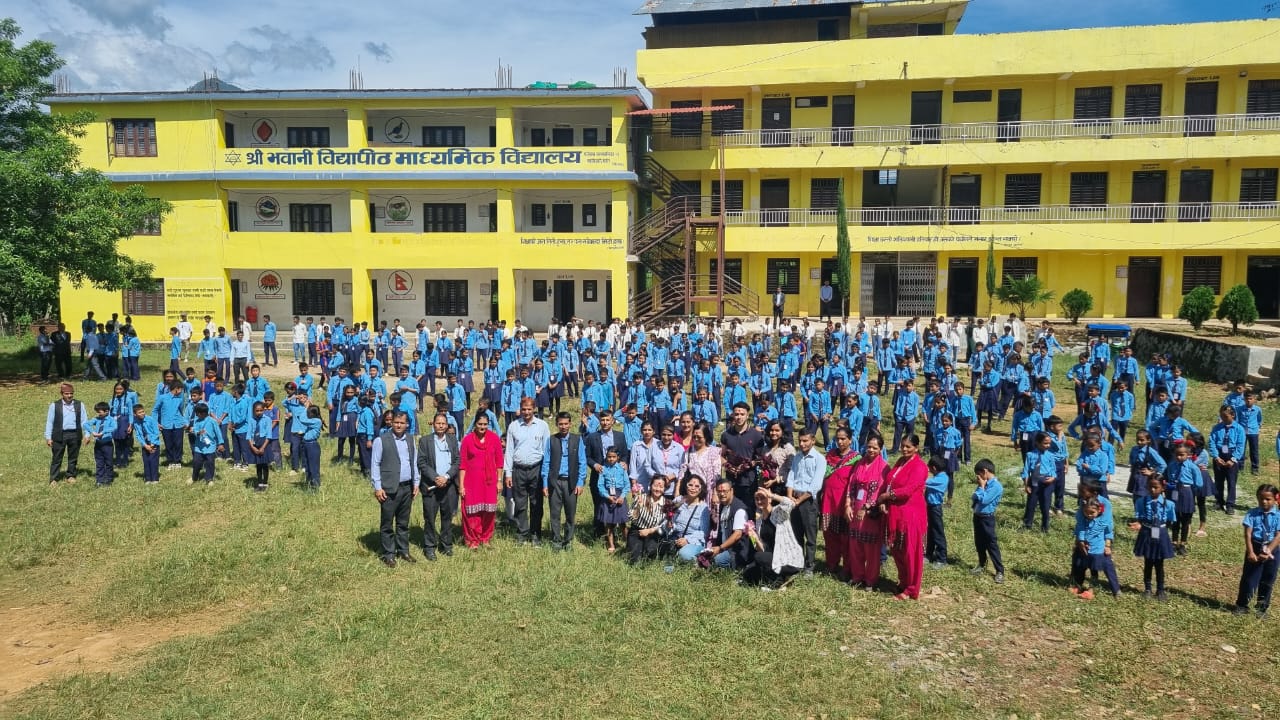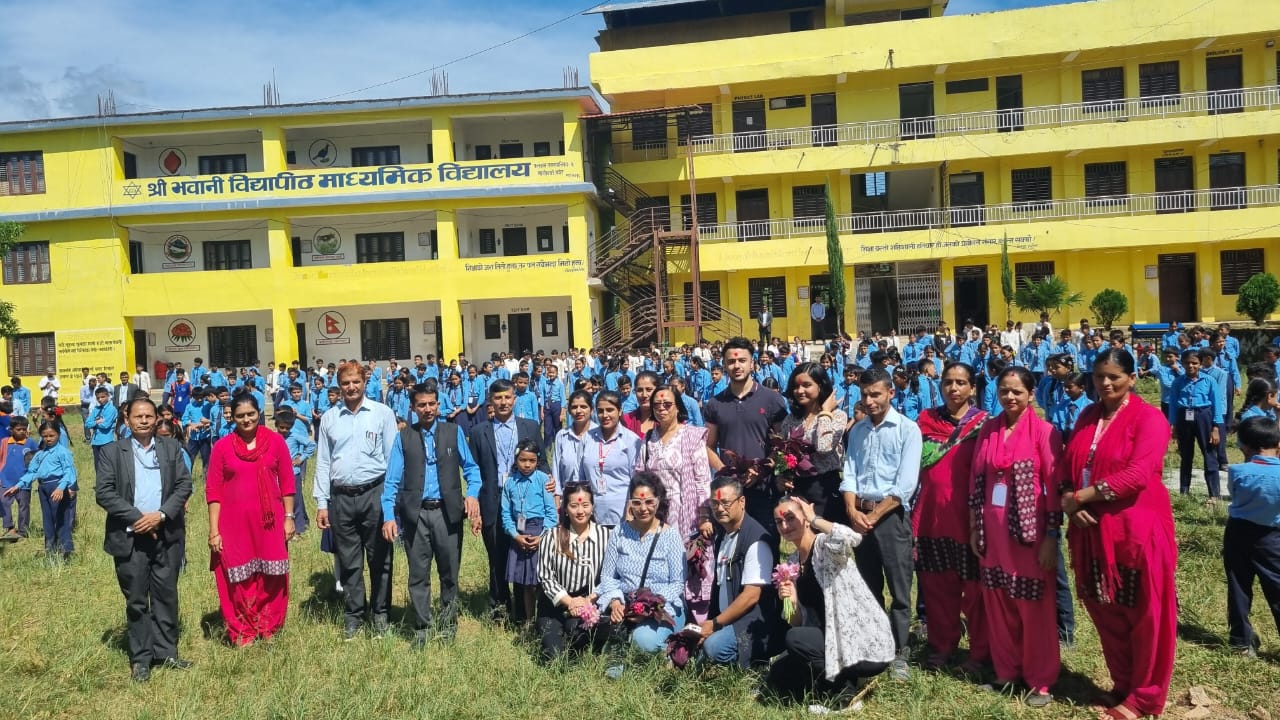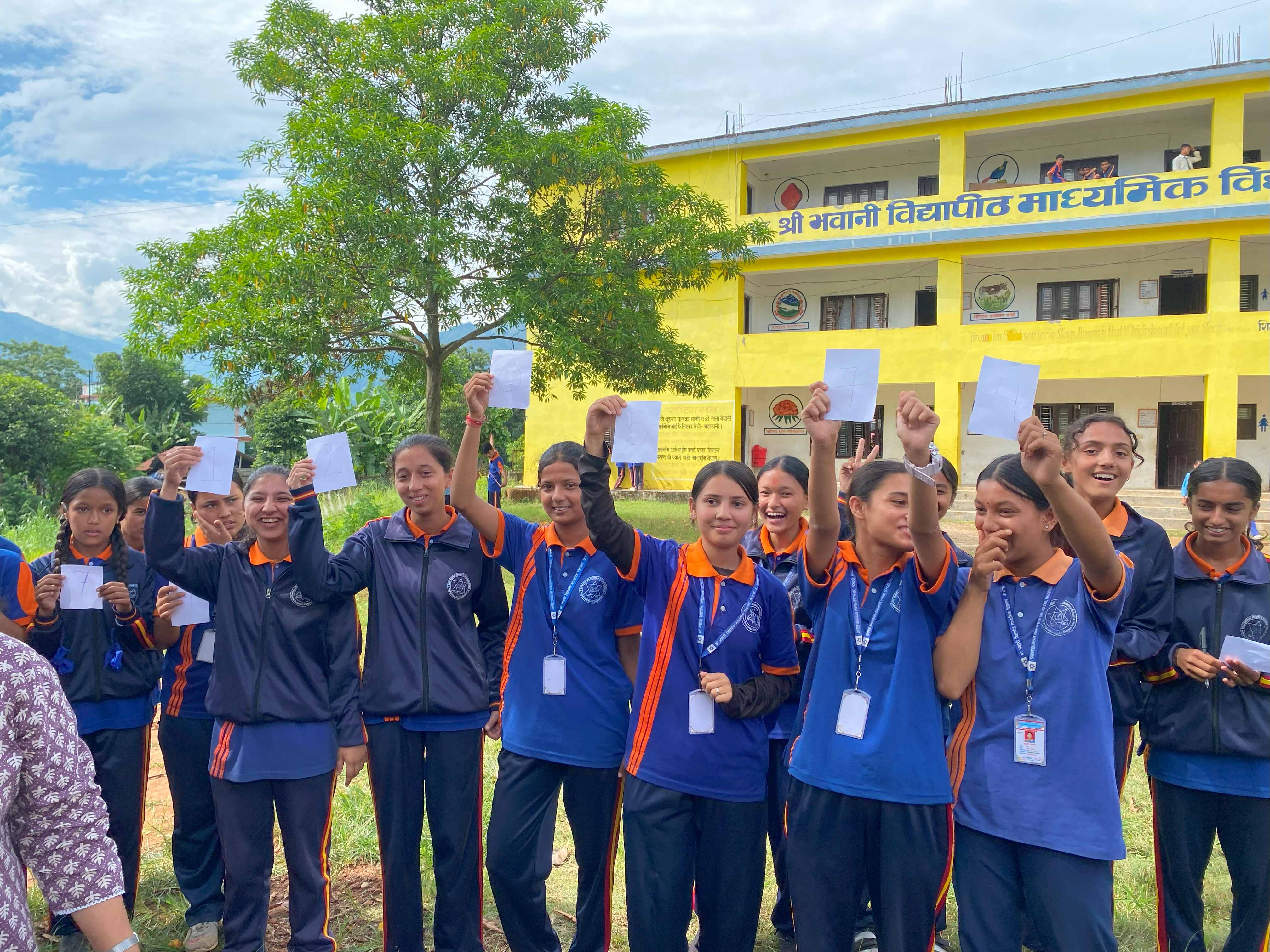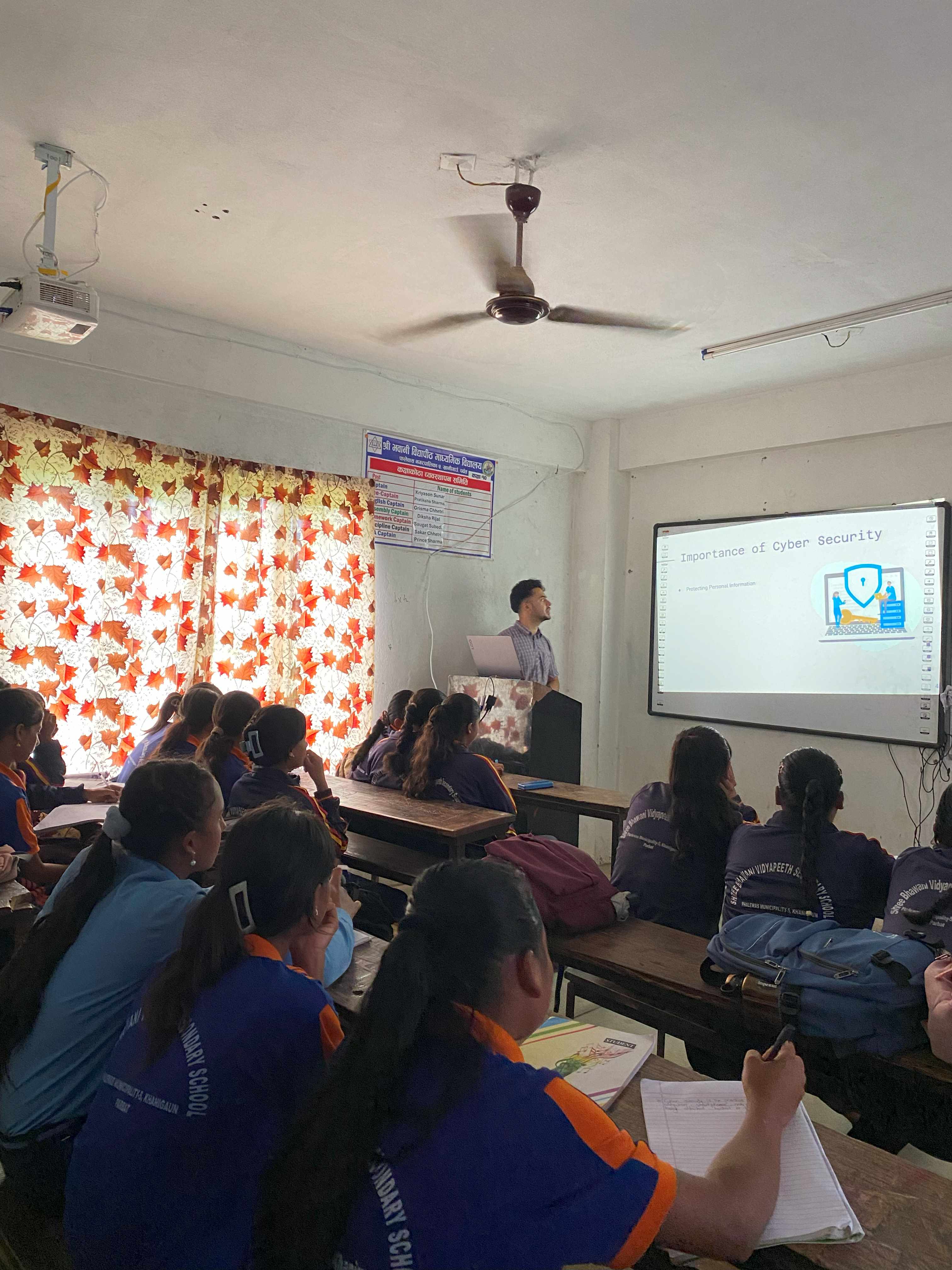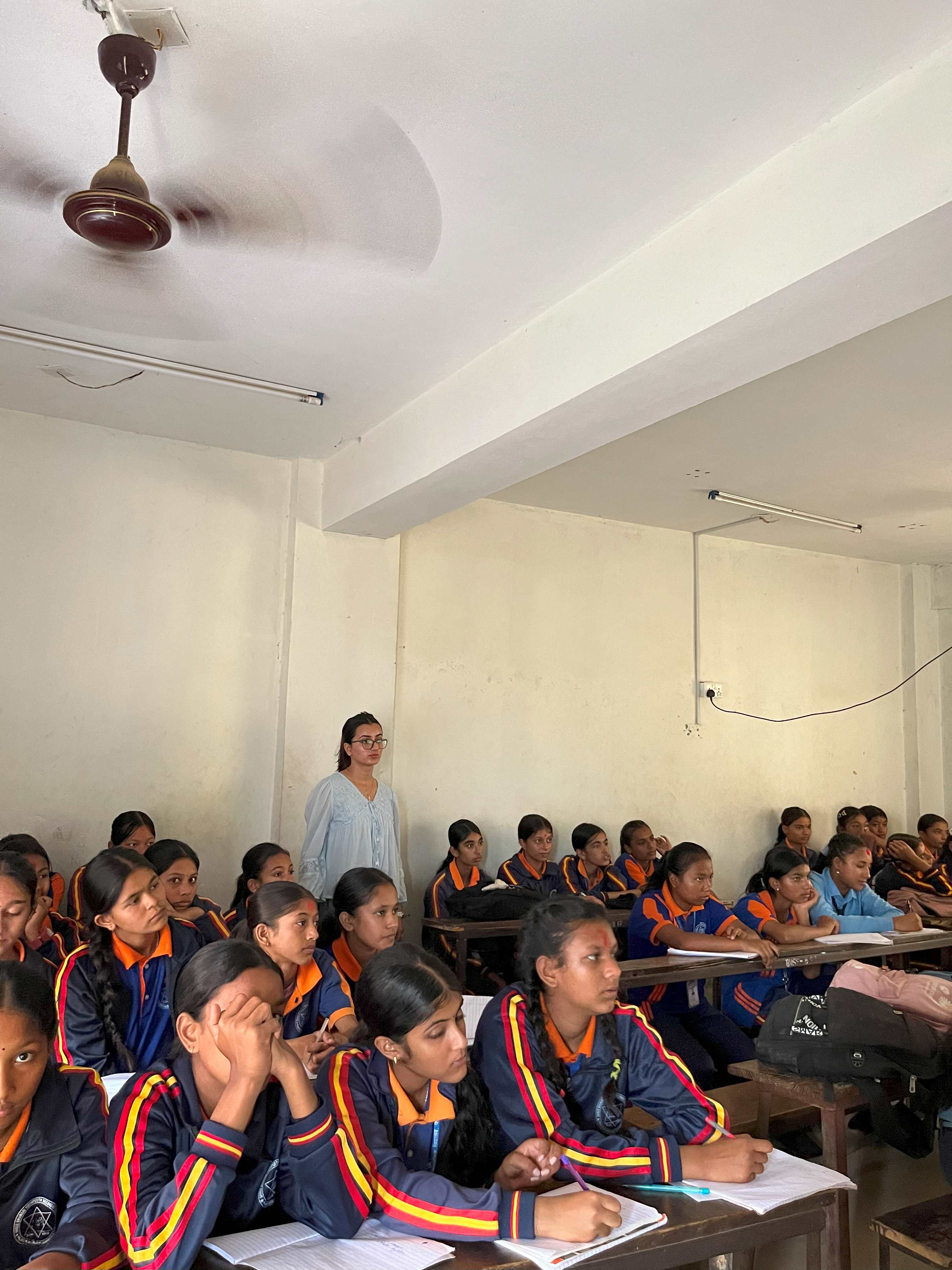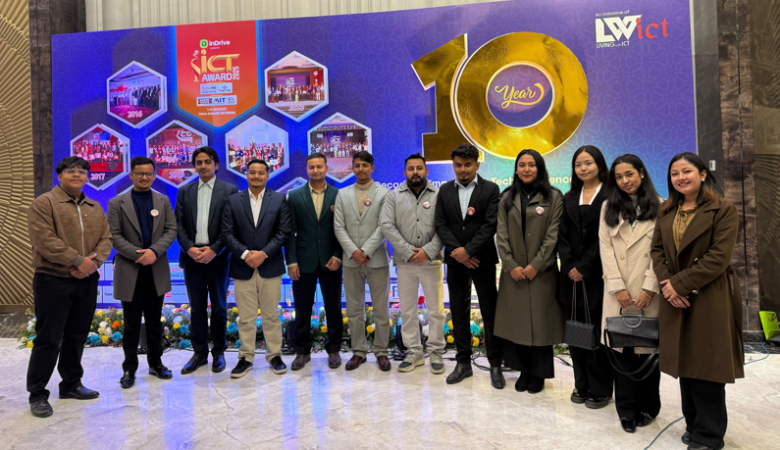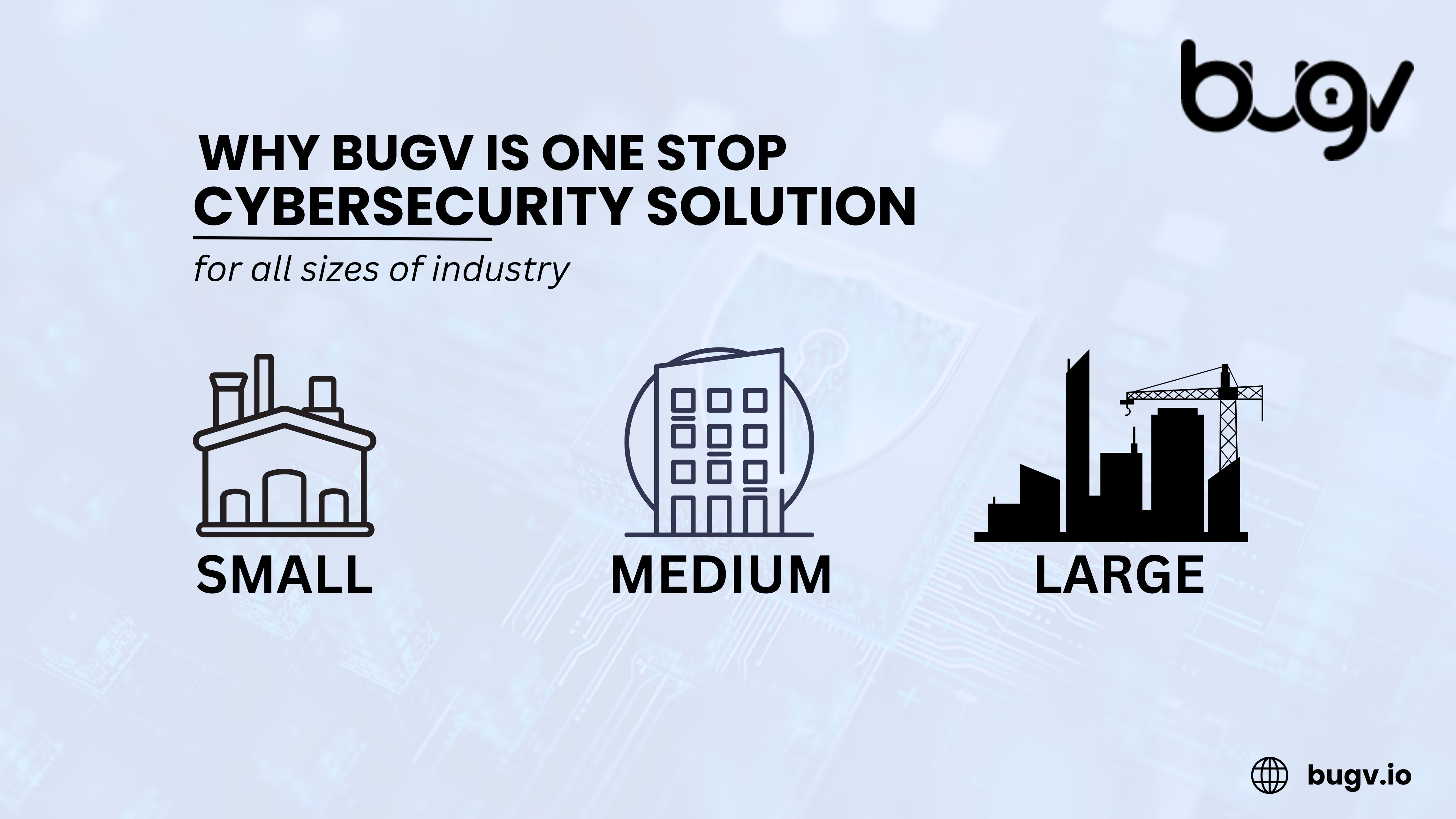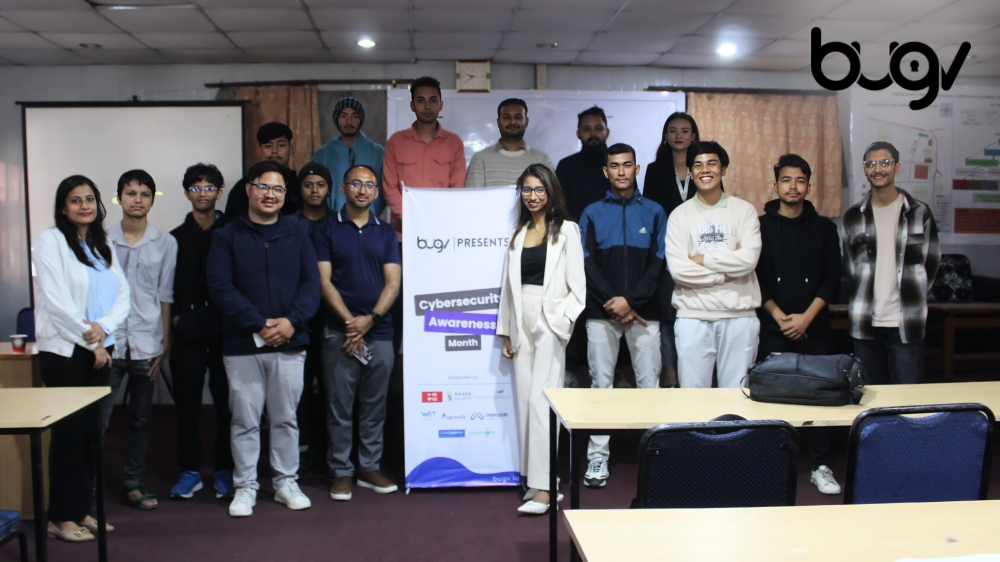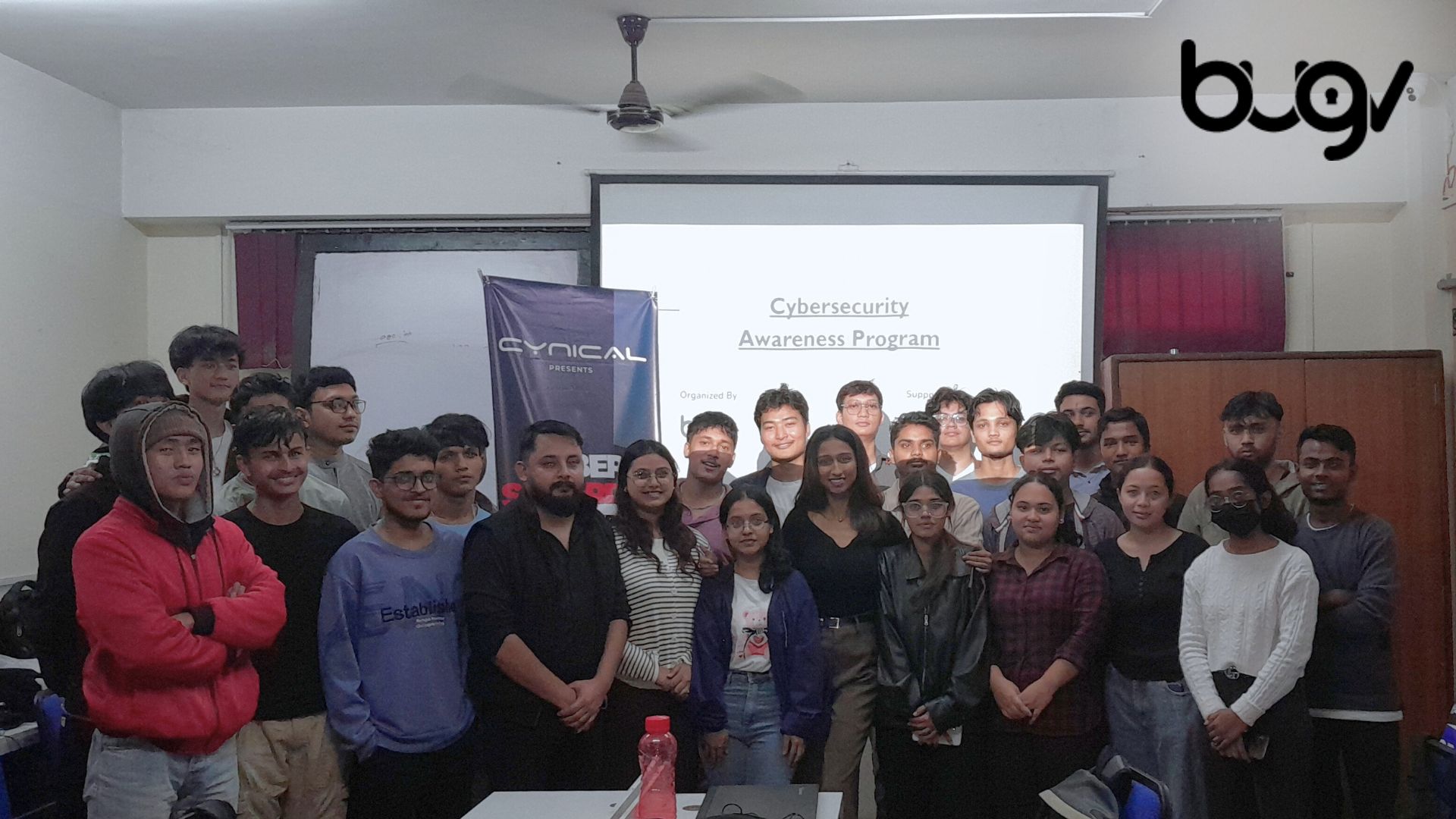In today’s interconnected world, where our lives are increasingly intertwined with technology, the importance of cybersecurity cannot be overstated. As students navigate the digital landscape, they encounter numerous risks and challenges that could compromise their safety and privacy. Recognizing this urgent need for education, we recently partnered with Asian Foundation, WIIT (Women in Information Technology) to host a cybersecurity awareness event at Bhawani Vidyapeeth Secondary School in Parbat, a picturesque yet remote district of Nepal. Parbat is known for its rugged terrain and rich cultural heritage, but limited access to digital literacy resources. Our goal was to equip students from these remote areas with the knowledge and skills necessary to protect themselves in the digital realm.
Setting the Stage for Learning
The day began with a warm welcome from school representatives, followed by an introduction to the event’s objectives. We emphasized that cybersecurity is not just for tech-savvy individuals; it is essential for everyone, especially students who are active online. With this message in mind, we aimed to create an environment where learning about cybersecurity was engaging and enjoyable.
Exploring Emerging Threats
Our first session delved into the various types of cybersecurity threats that students might encounter daily. From phishing scams to social engineering tactics, we broke down complex topics into relatable scenarios. Using real-life examples, we illustrated how seemingly harmless activities—like clicking on a link or sharing personal information—could lead to serious consequences.
The students were particularly interested in discussing trends such as cyberbullying and identity theft, which resonated with their experiences. This discussion not only informed them about potential threats but also empowered them to recognize and report suspicious activities.
Practical Strategies for Safety
Knowledge is powerful, but it’s the application of that knowledge that truly matters. To this end, we introduced practical strategies to help students protect themselves online. Topics included:
- Creating Strong Passwords: We provided tips on developing secure passwords and the importance of using different passwords for different accounts.
- Understanding Privacy Settings: The students learned how to adjust privacy settings on their social media accounts to safeguard their personal information.
- Recognizing Phishing Attempts: Through engaging activities, we taught them how to identify red flags in emails and messages that could indicate a phishing attempt.
- Social Media Safety and security: In today’s connected world, protecting your digital identity is crucial. We taught students to avoid oversharing personal information, be cautious when accepting friend requests, and enable two-factor authentication (2FA). Additionally, they learned how to spot malicious links and avoid clickbait that could compromise their accounts.
Student Engagement
One of the highlights of the event was our interactive activities, designed to reinforce the concepts discussed. Students participated in role-playing exercises where they acted out various cybersecurity situations, such as encountering a suspicious email or witnessing cyberbullying. This hands-on approach made the learning experience dynamic and memorable.
In addition to activities, we facilitated open discussions where students could share their thoughts, experiences, and concerns regarding cybersecurity. These conversations highlighted the importance of creating a safe space for students to voice their opinions. Many expressed a desire to learn more about online safety, underscoring the need for ongoing education in this area.
As the event drew to a close, it was evident that we had succeeded in igniting curiosity and interest among the students. They left with not only valuable information but also a sense of empowerment, ready to apply what they had learned in their daily lives. The smiles and enthusiasm displayed by the students were a testament to the effectiveness of our approach.
We received positive feedback from both students and teachers, with many expressing a wish for more events like this in the future. It was heartening to see the impact our efforts had on the students, leaving them with essential knowledge to stay safe in the digital world.
This event is a powerful reminder of the importance of cybersecurity education, especially in remote areas where access to resources may be limited. We encourage other schools and colleges to consider hosting similar awareness programs. By working together, we can create a ripple effect of knowledge that extends beyond classrooms, empowering students to thrive in the digital landscape.
If you’re interested in partnering with us to bring cybersecurity awareness to your institution, we would love to hear from you. Together, we can equip the next generation with the tools they need to navigate the complexities of the digital world safely.
Conclusion
As we reflect on the success of this event, we are filled with hope for the future. The enthusiasm and engagement displayed by the students at Bhawani Vidyapeeth Secondary School inspire us to continue our mission of promoting cybersecurity awareness. Let’s work together to build a safer digital world for everyone!





